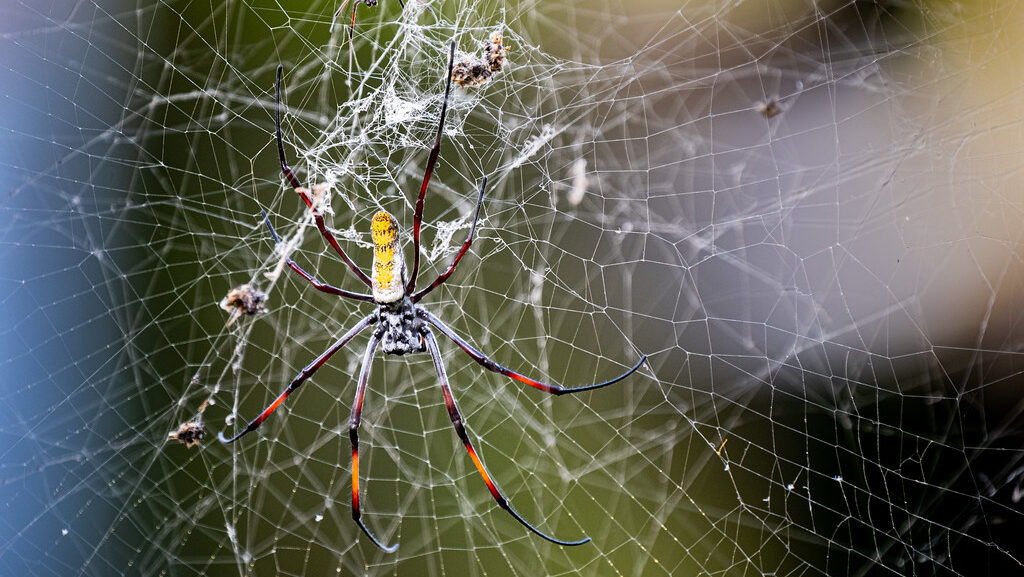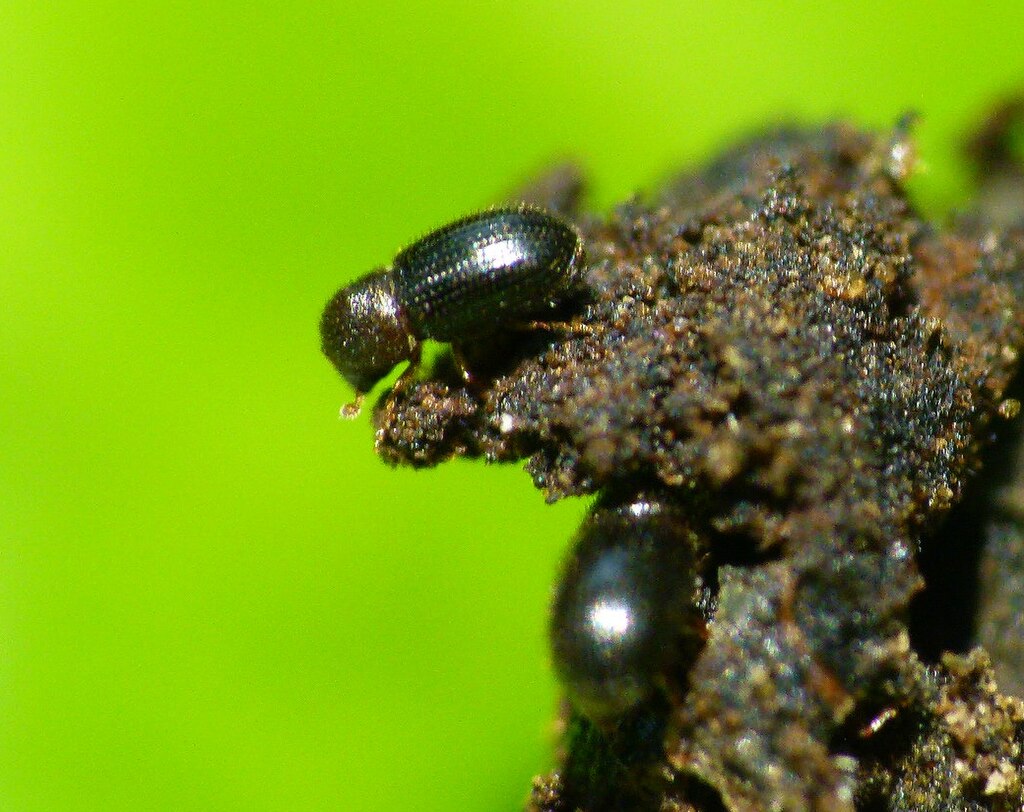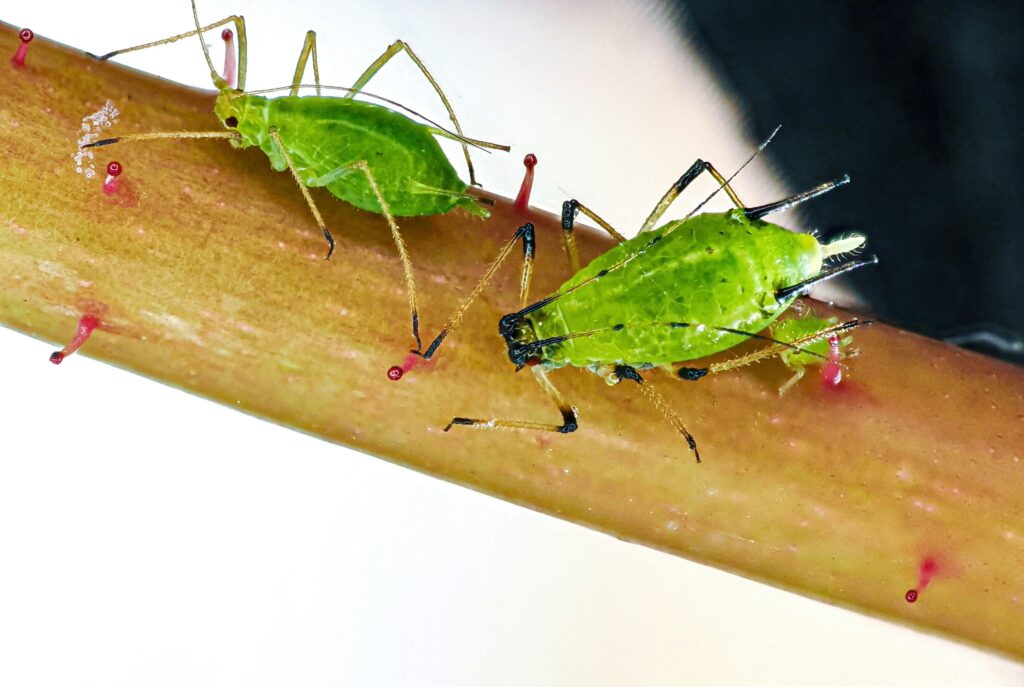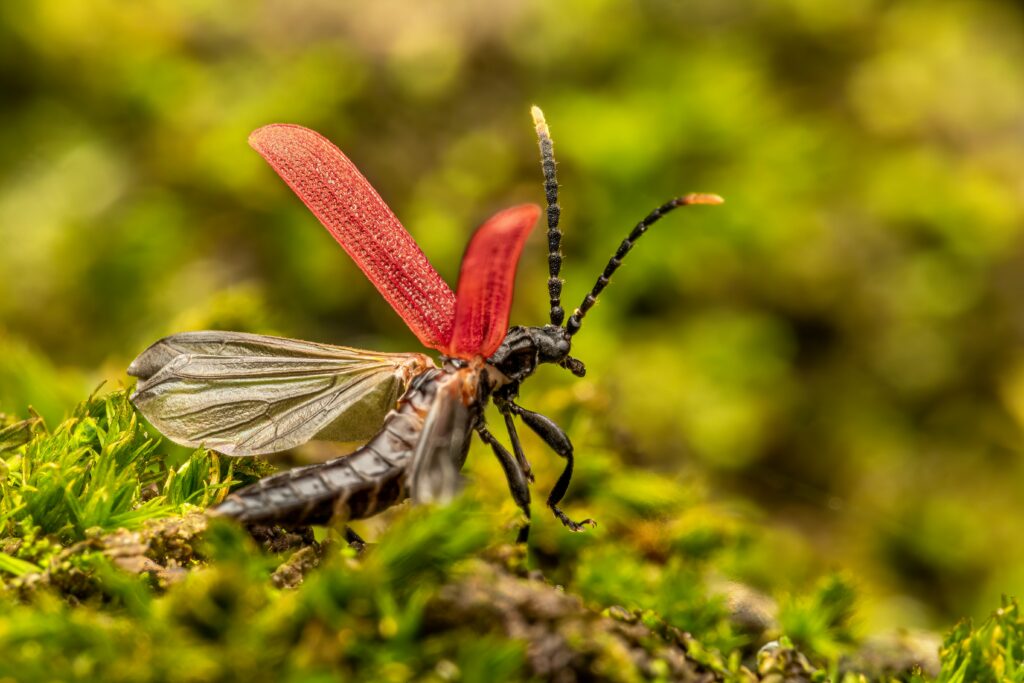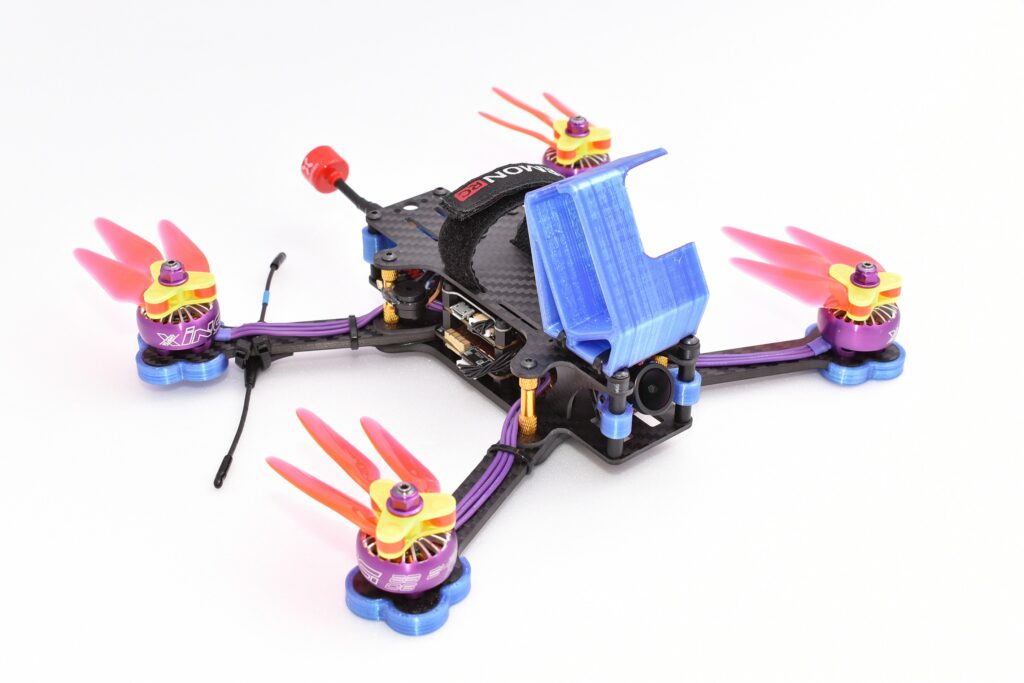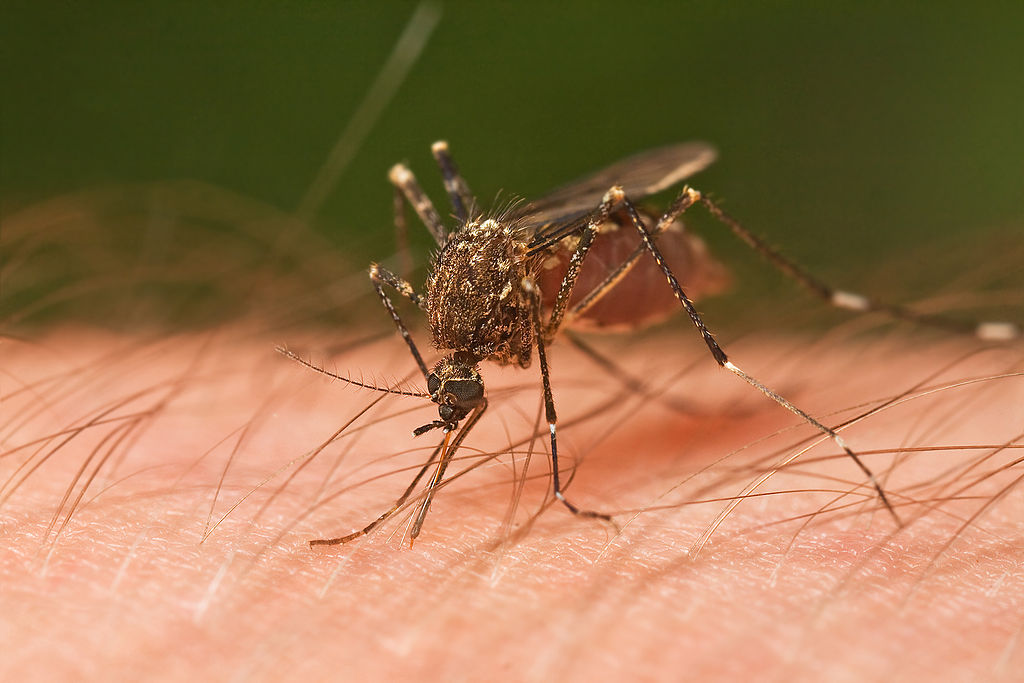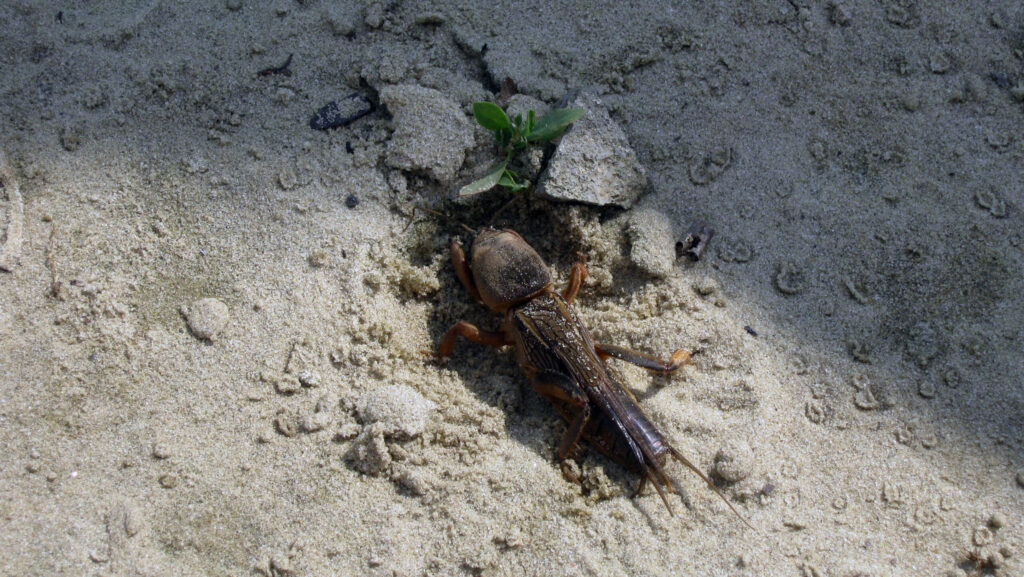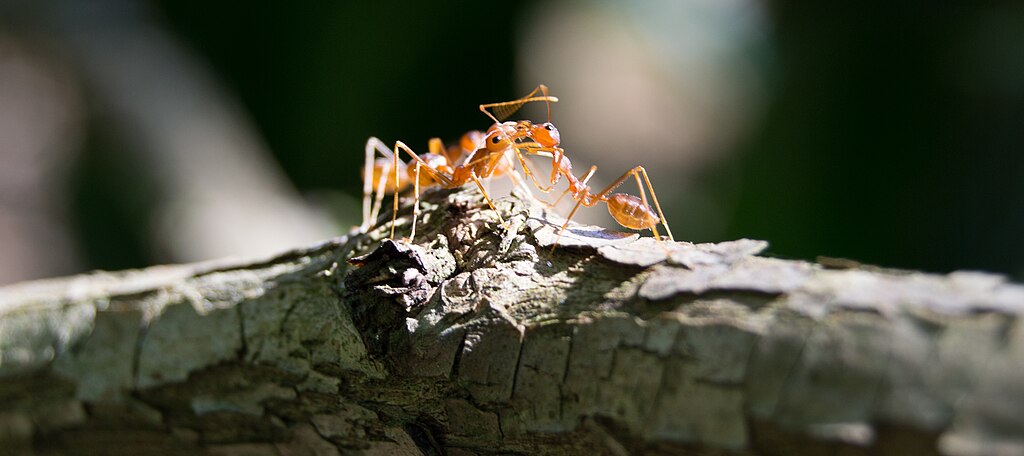Why Spider Silk Is Stronger Than Steel (And How We Might Use It)
In the intricate world of nature’s materials, spider silk stands as a marvel of engineering. Gossamer-thin yet possessing strength that rivals industrial metals, this remarkable substance has captivated scientists and engineers for decades. While steel has been humanity’s go-to material for strength and durability since the Industrial Revolution, the humble spider produces silken threads that, ...

